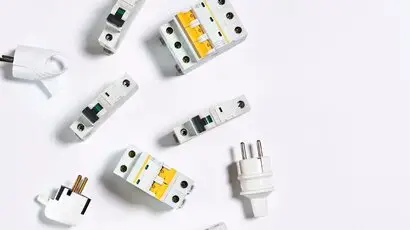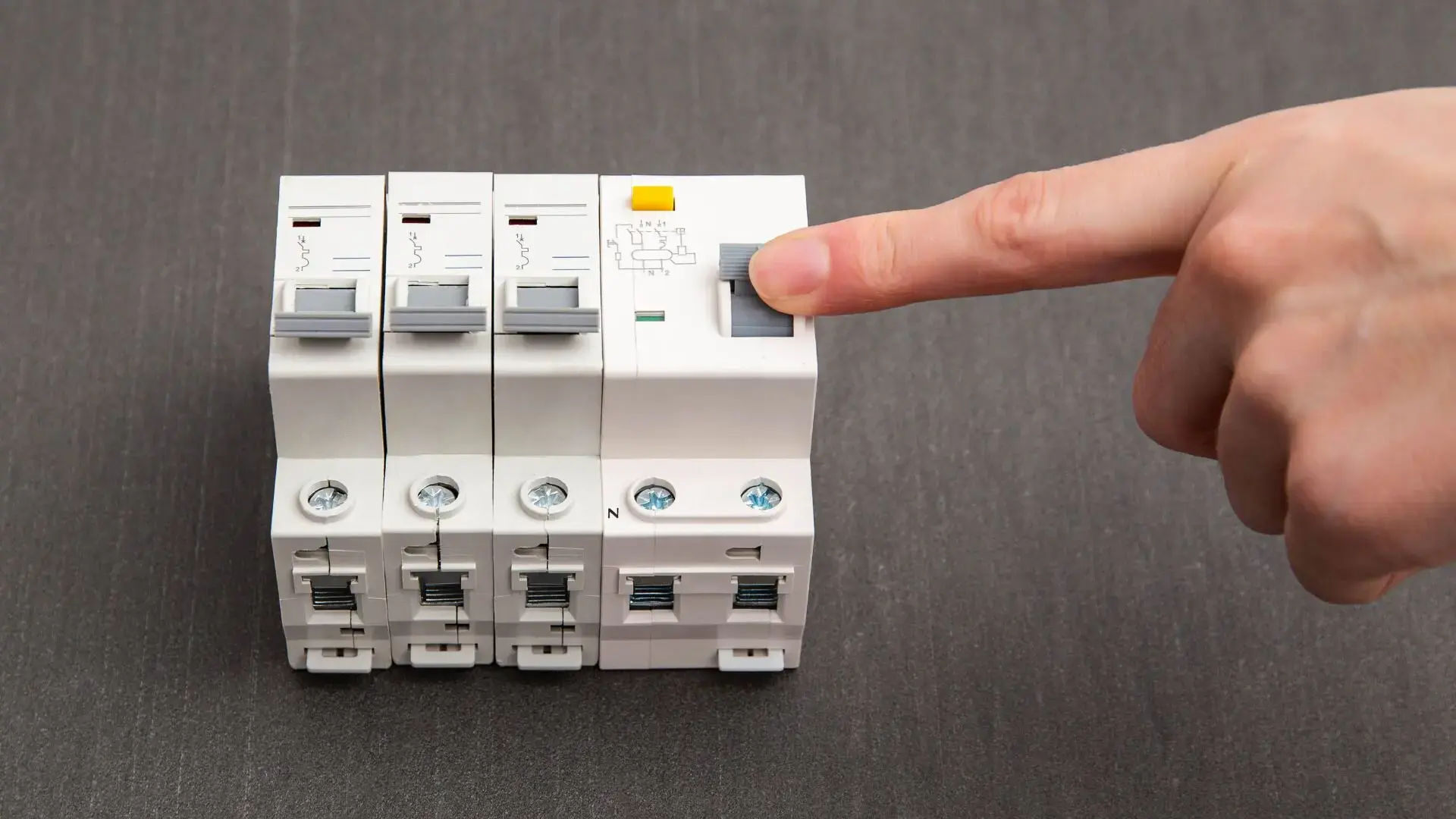
Get your free Melbourne Electrician quote today!
Our team of Melbourne Electricians is here to help you with any questions or concerns you may have. We’re committed to providing you with the best possible service and support.
Circuit breakers and RCDs are essential components of electrical safety, but they serve different purposes. This article delves into the key differences between these two devices and how they work together to safeguard your property from electrical hazards.
Electrical safety is crucial at home and in the workplace. Ensuring your electrical systems are in tip-top shape helps prevent accidents, fires, and other hazards that can endanger lives and property.
Two crucial devices in electrical safety are circuit breakers and Residual Current Devices (RCDs). Although both safeguard against electrical faults, they have different roles and functions. Circuit breakers mainly defend against overloads and short circuits, whereas RCDs are crafted to avert electric shock hazards.
We’re diving into the main differences between circuit breakers and RCDs, looking at their functions, types, and how they work together to ensure electrical safety. Grasping the distinct roles of these devices helps homeowners and business owners make informed decisions, keeping their electrical installations safe for everyone.
What is a Circuit Breaker?
Circuit breakers are key safety devices that protect electrical circuits from damage caused by overloads and short circuits. They halt electricity flow if the current surpasses a certain level, aiding in preventing electrical fires and other hazards. You’ll typically find them in the main electrical panel, often referred to as the switchboard or fuse box.

Complementary Roles
While circuit breakers protect against overloads and short circuits, RCDs focus on preventing electric shock hazards. By installing both devices in an electrical system, a property is safeguarded against a wide range of potential issues, from equipment damage and electrical fires to life-threatening electric shocks.
Importance of Having Both Devices
Having circuit breakers and RCDs installed in homes and businesses is crucial for ensuring high electrical safety. Building codes and regulations in many jurisdictions mandate using both devices in new construction and renovations. This requirement acknowledges the importance of providing comprehensive protection against the various risks associated with electrical systems.
Layered Protection
The combination of circuit breakers and RCDs creates a layered protection system against electrical hazards. If a fault occurs that is not detected by a circuit breaker, such as a leakage current, the RCD will act as a second line of defence, quickly cutting off the power supply to minimise the risk of electric shock. Conversely, if an RCD fails to detect a fault, the circuit breaker can still provide protection against overloads and short circuits, preventing damage to the electrical system and connected devices.
Together, circuit breakers and RCDs form a strong and dependable safety net for your electrical systems. They significantly lower the chances of accidents, injuries, and property damage due to electrical faults.
When to Call a Professional Electrician
While it may be tempting to tackle electrical issues on your own, it’s essential to recognise situations requiring the expertise of a licensed electrician.
A professional should handle any electrical work beyond simple tasks like changing a light bulb or replacing a power outlet cover. This includes installing new circuits, upgrading an electrical panel, or troubleshooting complex electrical issues. Additionally, if you experience frequent circuit breaker tripping, flickering lights, or burning smells from electrical outlets, it’s time to call an electrician.
Risks of DIY Electrical Work
Attempting DIY electrical work can be extremely dangerous. Electrical systems are complex and require specialised knowledge and tools to navigate safely. Incorrectly handled wiring or improper installations can lead to electric shocks, fires, or even fatalities. Furthermore, faulty electrical work can result in costly damage to your property and void your insurance coverage.
Importance of Regular Inspections and Maintenance
Regular electrical inspections and maintenance by a licensed electrician are crucial for ensuring your electrical system’s ongoing safety and reliability. An electrician can identify potential issues before they become serious problems, such as ageing wiring, overloaded circuits, or malfunctioning safety devices. By addressing these issues proactively, you can minimise the risk of electrical accidents and extend the lifespan of your electrical infrastructure.
Ensuring Electrical Safety: Trust the Professionals at WP Electrical
Circuit breakers and RCDs are both essential components of a comprehensive electrical safety system, but they serve different purposes and function in distinct ways. Circuit breakers protect against overloads and short circuits, while RCDs prevent electric shock hazards by detecting leakage currents.
Understanding the critical differences between these devices, including their primary functions, triggering mechanisms, response times, installation locations, and maintenance requirements, is crucial for ensuring optimal electrical safety in homes and businesses.
Maintaining circuit breakers and RCDs is essential for guaranteeing their continued effectiveness in protecting people and property from electrical hazards. Regular inspections, testing, and prompt repairs or replacements by licensed electricians must keep these devices functioning reliably.
At WP Electrical, we understand the importance of prioritising electrical safety. Our team of experienced, licensed electricians is dedicated to providing top-quality electrical services, including installations, repairs, and maintenance for circuit breakers, RCDs, and other essential components of your electrical system.
If you have any concerns about your electrical safety or need professional assistance, don’t hesitate to contact WP Electrical. We are committed to helping you create a safe and reliable electrical environment in your home or business.
Published by: Pascal Harb17 October 2025